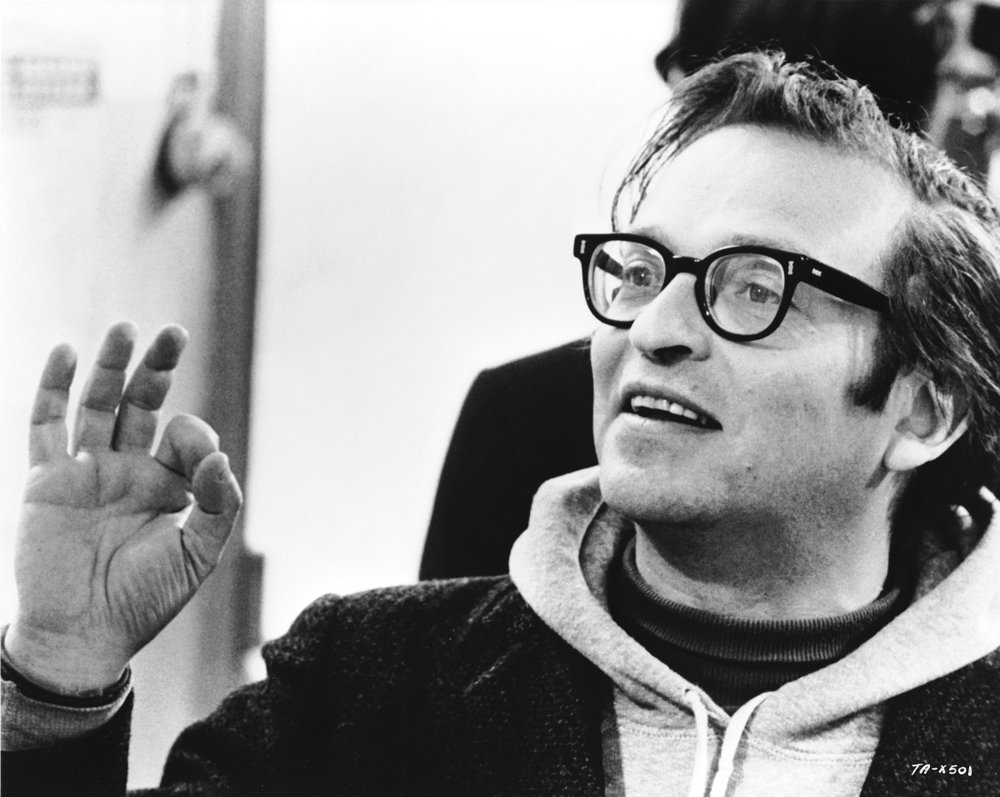
Sidney Lumet has a chapter titled “Rushes”, and mentions some of his rules for looking at rushes. This one stands out for me:
“Don’t let the difficulty of actually achieving a shot make you think that the shot is good. In the finished movie, no one in the audience will know that it took 3 days to light or 10 people to move the camera, the walls, or whatever.”A short while ago, I read In the Blink of an Eye by Walter Murch, one of the best editors in the world, and he wrote something similar. This is a problem with directors sometimes when they look at footage, the problem of “seeing” beyond the frame—because a shot was so complicated and took so long to be completed, it’s difficult to cut it out of the film. That is why it’s useful to have an editor (who doesn’t come to set), so he has enough distance and detachment from all the troubles of shooting.
Then Sidney Lumet says about the reverse:
“Don’t let a technical failure destroy the shot for you. Obviously, any mechanical error endangers the reality of the movie. And those errors must be eliminated in the future. But you have to keep your eye on the dramatic impact of the shot. Is there life there? That’s what matters.”This is a good point, and it’s already similar to my view. I’m a film student, we are all learning, so errors and imperfections are to be expected. We of course try to get everything as technically good as possible (after all we get graded on it), but if for some reason I have to choose, I’d rather sacrifice a bit of technical thing to prioritise emotion/ acting and the dramatic impact. For example, on a film we had lots of trouble with a scene, many things went wrong, 4 shots on the shot list were combined into 1 shot and we could only film it in 3 takes, I chose the best take, in which the actor was moving and the camera was also moving. Then we realised the boom was in shot, in a corner, when the camera was tilting up. To cut the boom out of shot, the editor changed the frame, cutting off the actor’s head. I said we couldn’t do that, I’d rather have boom in shot (a mistake) than cut off the actor’s head (the editor asked if I was sure—in the end, we tracked it and adjusted the frame as the camera moved, so we kept the boom out of shot but didn’t have to sacrifice anyone’s head).
Another example, there’s an important scene. The shot I’m talking about is extremely important, because it’s the climax of the film. Excluding all the ones that didn’t work for various reasons, I had 3 “usable” takes—the 1st one was bad, the 2nd one was so-so, not great, and the 3rd one was best for dramatic impact but for whatever reason didn’t have sound. I went with the 3rd one, which didn’t have sound. Others were not sure, we did the best we could, it’s not perfect. But in the end, after the film was screened, nobody came to ask me if that shot was post-synced.
No comments:
Post a Comment
Be not afraid, gentle readers! Share your thoughts!
(Make sure to save your text before hitting publish, in case your comment gets buried in the attic, never to be seen again).